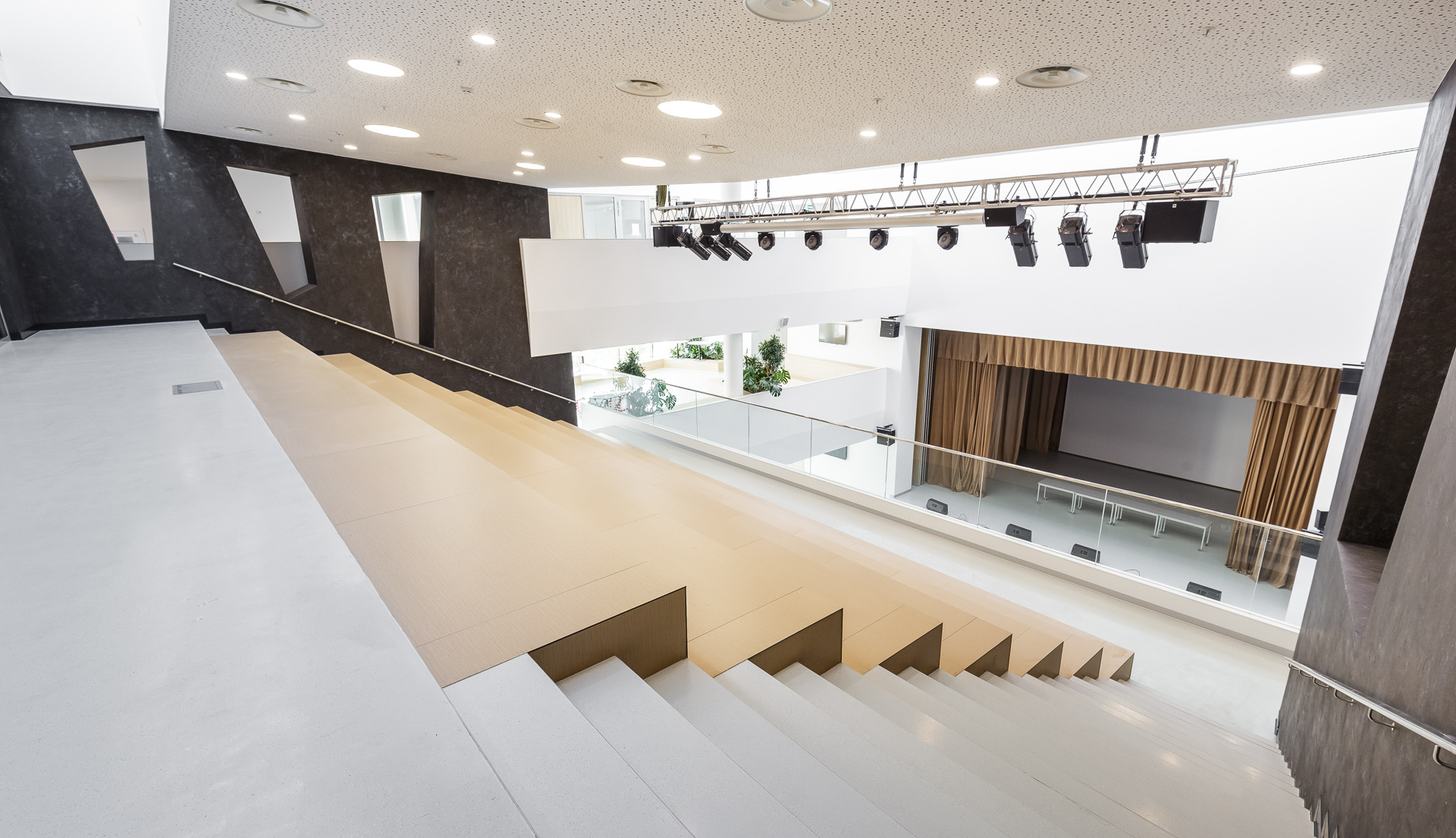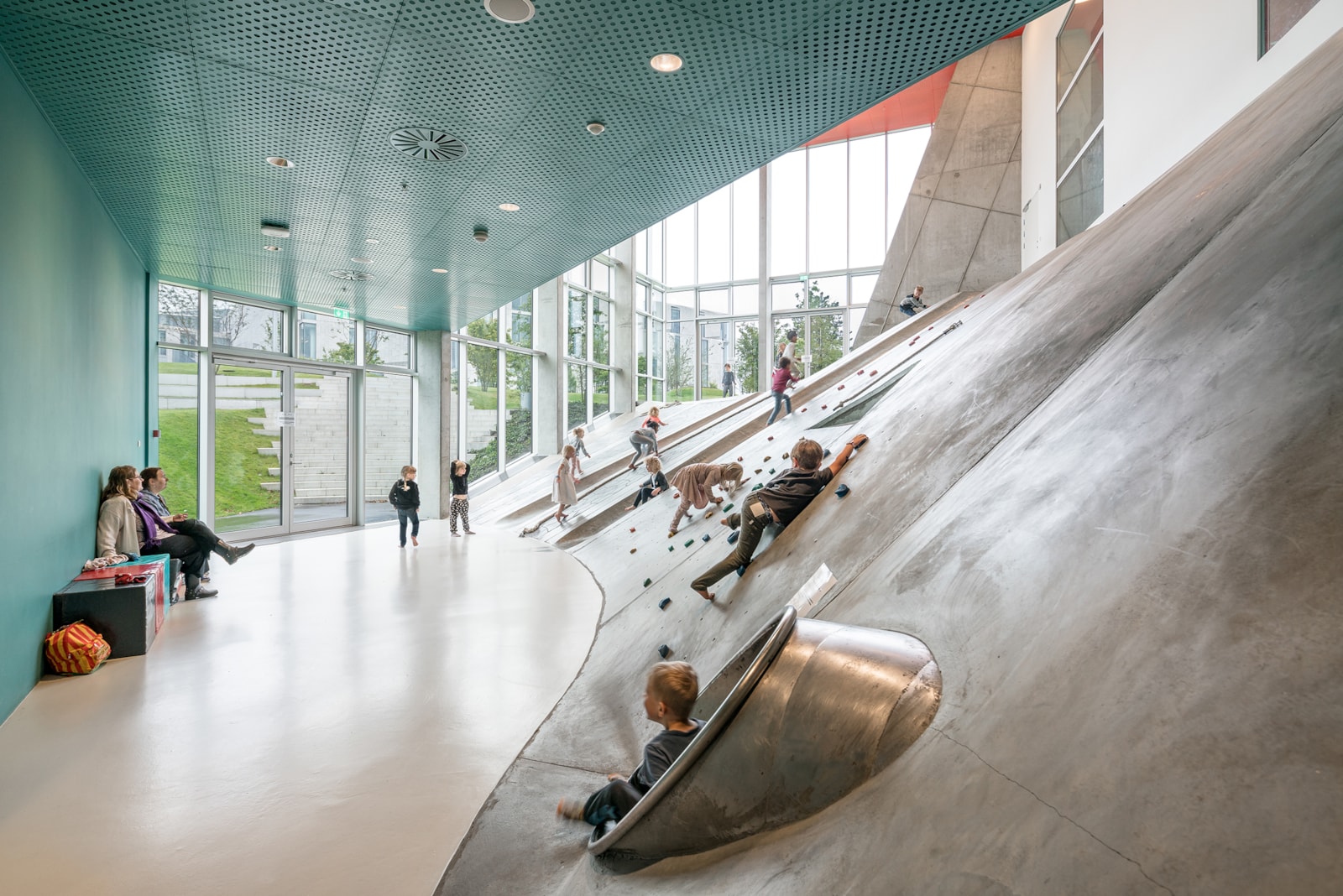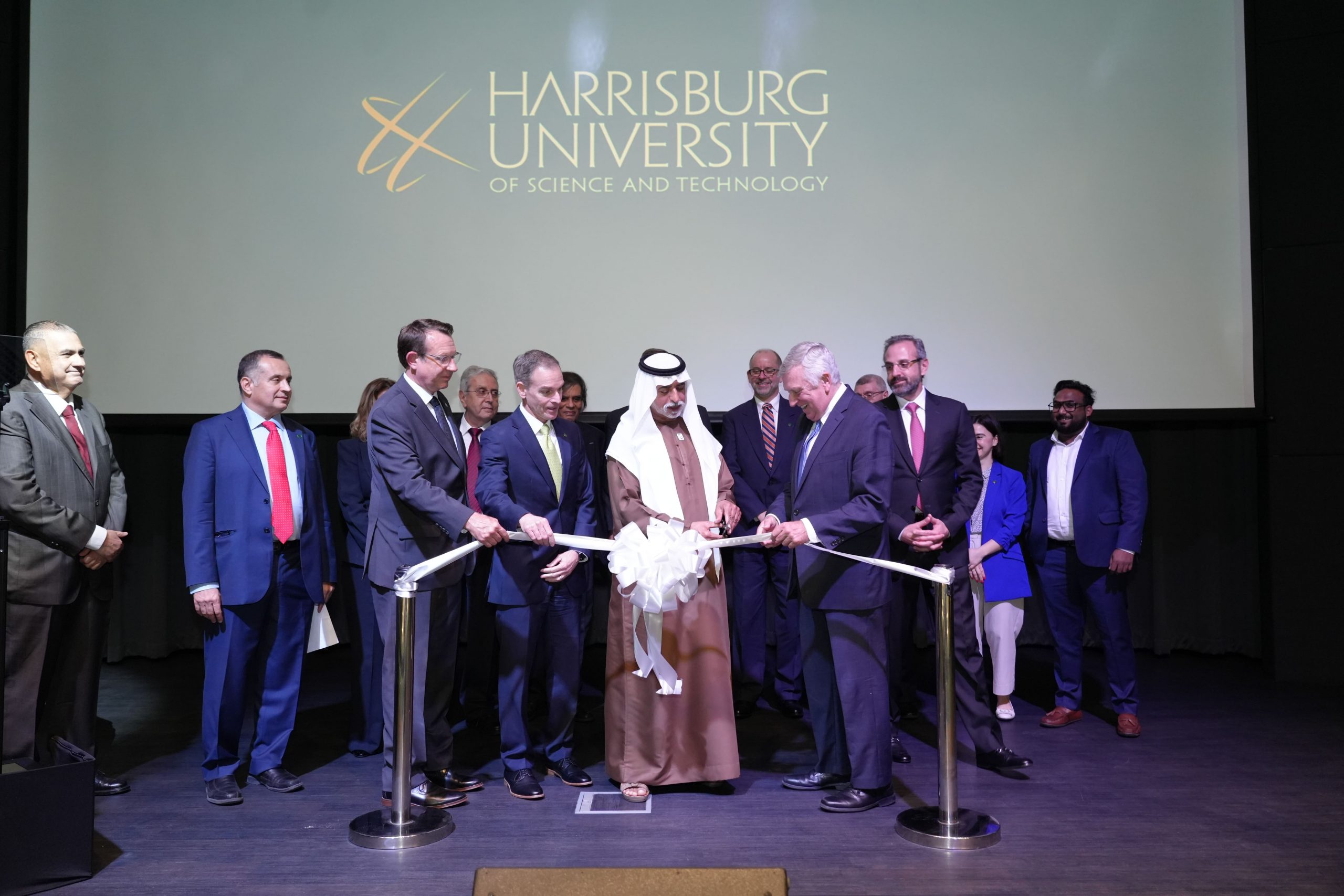Stephen Cox is a Senior Education Leader, Founder and Director of 21tenlearning LLC. Working in senior positions in and across schools for the last 20 years has allowed him to work with a wide range of curricula, pedagogy, and education systems. They include the English national curriculum, the US common core, the IB, Indian and GCC government curricula. But the last five years Stephen Cox was immersed in Finnish education. In this expert column he discusses what makes the Finnish system competitive and possible to be exported to other countries.
Finland, like most countries, has had its struggles and challenges. Education was not good 50 years ago, with low-quality teachers and top-down testing, which resulted in a lack of equity. With the adoption of a comprehensive 9-year education plan for all upper secondary education divided into two parallel systems in 1960, the education system underwent a radical new change. One of the most significant turning points in the education system occurred during the 1970s, when the government mandated that all teachers hold a master’s degree. Basic school law and teacher upskilling went into effect, with large-scale teacher in-service training to ease the transition to teaching an academically demanding curriculum to the entire age cohort.
Previously, classroom teacher education was transferred from teacher colleges to universities. To ensure that the education reforms’ goals of equity and high academic standards were met across the country, a strictly centralized steering system was used, and governmental decrees were implemented at the country and municipal levels under the supervision of the National Board of Education (NBE).
The wrong and the right driver: in Finland students have both high reading proficiency and high life satisfaction
In the early 2000s, Finland's success on international education assessments such as the Programme for International Student Assessment (PISA) began to draw attention from educators and policymakers around the world. The PISA tests showed that Finnish students consistently scored at or near the top of international rankings in subjects such as mathematics, science, and reading comprehension, despite spending less time in the classroom than students in many other countries. While Finland's performance on international assessments has declined in recent years, it is still regarded as having one of the best education systems in the world.
![]()
What's so great about Finland's education system, people have asked me over the years? The truth is that Finland does not rank first in all PISA rankings, but it is the only country in which students have both high reading proficiency and high life satisfaction. This is most likely because Finnish students have a healthy balance of school and free time, allowing them to participate in more extracurricular activities.
This balance is maintained after they graduate from high school, with a healthy work-life balance. In comparison, top PISA/OECD performers in Asia (South Korea, Shanghai) have seen far higher levels of anxiety and stress, with many young children studying 4 or more hours per day outside of class.
Michael Fullan's (Global Leadership Director, New Pedagogies for Deep Learning) latest report, ten years after his last paper on education systems, suggests the wrong drivers we've been focusing on and the right drivers we now need.
Currently our education focuses on the wrong drivers, like academics obsession supposedly equates grades to improved learning outcomes yet leaves most students out of the game when it comes to well-being and learning how to learn. The strategy of assessing outcomes hardly ever leads to improvement; and we need a system that streamlines external assessments while retaining the ability to monitor the system with better measures of engagement and performance.
In a nutshell, Finland contends that we require a new primary driver! The education system in Finland focuses on the majority of the primary drivers listed below:
- Equal opportunities: The central objective of Finland’s education system is to provide good quality universal education. This means that the same free, inclusive, and comprehensive educational opportunities are provided for all citizens.
- Learning through play: Finland’s Early Childhood Education and Care (ECEC) is the beginning of the child’s education, and its emphasis is on learning through play. All activities are planned and support the child’s learning and overall development.
- Personalized learning: Schools and their students are not ranked based on exam scores as there are no national standardized exams. Learning is personalized for each student by encouraging their strengths and supporting their challenges. Each student’s progress is followed through the national curriculum’s learning outcomes.
- Minimal homework: The typical age to start first grade is 7 years. In these first years of school, homework is minimal, and the school days are short. This leaves more time for after-school play and hobbies.
- Supportive technology: A wide range of digital tools and solutions are used with students to learn by doing. A big part of Finland’s national curriculum is phenomenal learning and developing unique learning experiences through innovative teaching and technology.
- Lifelong learning: No matter what age and stage of life one is in, one can always continue their education through the flexible system.
- Inclusive education: Special needs education is heavily embedded in Finland’s national education system. This means that all students are supported, no matter how much support they require.
- Autonomous Teachers: Finnish teachers are highly trained through a mandatory master’s degree. Teachers are motivated by the autonomy given to them to plan their teaching and resources. A big part of each teacher’s education is learning how to tailor teaching to different kinds of learners.
When combined all these elements link to well-being & learning, the right driver.In addition to the previously mentioned areas, Finland's National core curriculum and pedagogy has two components that, in my opinion, set it apart from others.
The first area covered is the identification of seven core competencies that are applicable across all school subjects, personal hobbies and interests, and career options. These competencies were developed in collaboration with business leaders, educational researchers, and international government agencies as the fundamental mindsets and skills required to manage the ever-changing demands of a global society and economy. They are at the heart of the curriculum and pervade every learning experience a child has at one of our schools.
![]()
Competency-based learning has several advantages over traditional education: it closes achievement gaps, increases flexibility in teaching methods and tools, promotes mastery, allows for a broader range of assessment and feedback, and personalizes learning to empower students.
Secondly, the Finnish curriculum and pedagogy place a large emphasis on phenomenon-based learning (PBL). PBL is an educational approach that emphasizes teaching students through real-world phenomena or events that are relevant and meaningful to them. PBL encourages students to explore and investigate topics that cross multiple subject areas, allowing them to make connections and see the relevance of what they are learning.
What is phenomenon-based learning (PBL) approach?
Students in PBL collaborate to identify a phenomenon, develop inquiry questions, and collect and analyze data to answer those questions. They then apply their knowledge to create a product or solution that demonstrates their comprehension of the phenomenon. PBL is frequently used in interdisciplinary contexts where the phenomenon under investigation touches on several subjects. Students could, for example, investigate the impact of climate change. PBL is designed to be student-centered and inquiry-based, which means that students own their learning and participate actively in the learning process.
PBL also emphasizes the development of 21st-century skills such as critical thinking, communication, collaboration, and problem solving, all of which are necessary for success in today's world. Holistic real-world phenomena serve as the starting point for learning in PBL and teaching. The phenomena are studied as complete entities in their natural context, and the information and skills associated with them are studied by crossing subject boundaries. Examples of phenomena include humans, the European Union, media and technology, water, and energy.The starting point differs from the traditional school culture, which is divided into subjects and divides the things studied into relatively small chunks. Things don't happen in isolation in real life, so why should education?
Student-centered physical environment
In Finnish education, physical learning environments are designed to support the core principles of student-centered, collaborative, and active learning. Some of the key characteristics of Finnish education physical learning environments are as follows:
Flexibility: Finnish classrooms are designed to be flexible, allowing for different teaching and learning styles. For example, classrooms may have movable furniture to allow for different seating arrangements or open spaces for group work.
Natural lighting: Finnish schools prioritize natural lighting, which is thought to promote better health and well-being for students and teachers. Many classrooms have large windows or skylights to let in natural light.
Technology: Finnish schools are equipped with modern technology, including computers, tablets, and interactive whiteboards. Technology is integrated into the curriculum to support student learning and engagement.
Outdoor spaces: Finnish schools often have access to outdoor spaces, including gardens and nature trails, which are used for learning and play. Outdoor education is seen as a way to promote physical activity, creativity, and an appreciation for the natural world.
Safety and security: Finnish schools prioritize safety and security, with measures in place to protect students and staff from harm. This includes secure entrances, surveillance cameras, and emergency procedures.
Overall, Finnish educational physical learning environments are designed to support student-centered, collaborative, and active learning while also emphasizing natural lighting, technology, outdoor spaces, and safety and security.
Differences in culture and teacher trainings: adapting Finnish system in MENA region
An International Curriculum that incorporates Finnish culture and an integrative approach, in my opinion, will be critical to its success. To put it another way:
- Active involvement of students, meaningfulness, the joy of learning and interaction in focus
- Deep learning and a multifaceted approach strengthen the identity of all students.
- Multidisciplinary, integration and dialogue between subjects
- Phenomenon-based learning.
- Assessment for learning and assessment as learning
- Finnish, Arabic & Islamic and International curricula
- Vocational education expertise
The most important aspect will be to maintain quality in accordance with the 'best of Finnish' standards. Overall, cultural differences, language barriers, differences in teacher training, curriculum adaptation, and resource constraints may make adapting the Finnish education system in the MENA region difficult. Some aspects of the Finnish education system, however, may still be useful and applicable to other countries with careful consideration and adaptation.
I believe there is one common focus and ingredient required to transform education locally, whether through my previous roles working in Finnish education or previous leadership roles I have had across the Middle East.
![]()
Finally, transformation is about developing people and creating the right conditions and a trustworthy environment for them to contribute to a larger compelling vision of change and growth. So, there must be a constant drive and focus on developing people. In Finland, trust is valued from the top down, from the government to the schools, the schools to the leaders, the leaders to the teachers, and finally the teachers to the students. This degree of autonomy is critical to its success.
However, because trust is not curriculum-specific and is largely inherent in people, good leaders can foster trust within their school or organization.
Cover photo: Aleksander Arno for EdDesign Mag, Finnish-Russian School in Helsinki
March 2023


